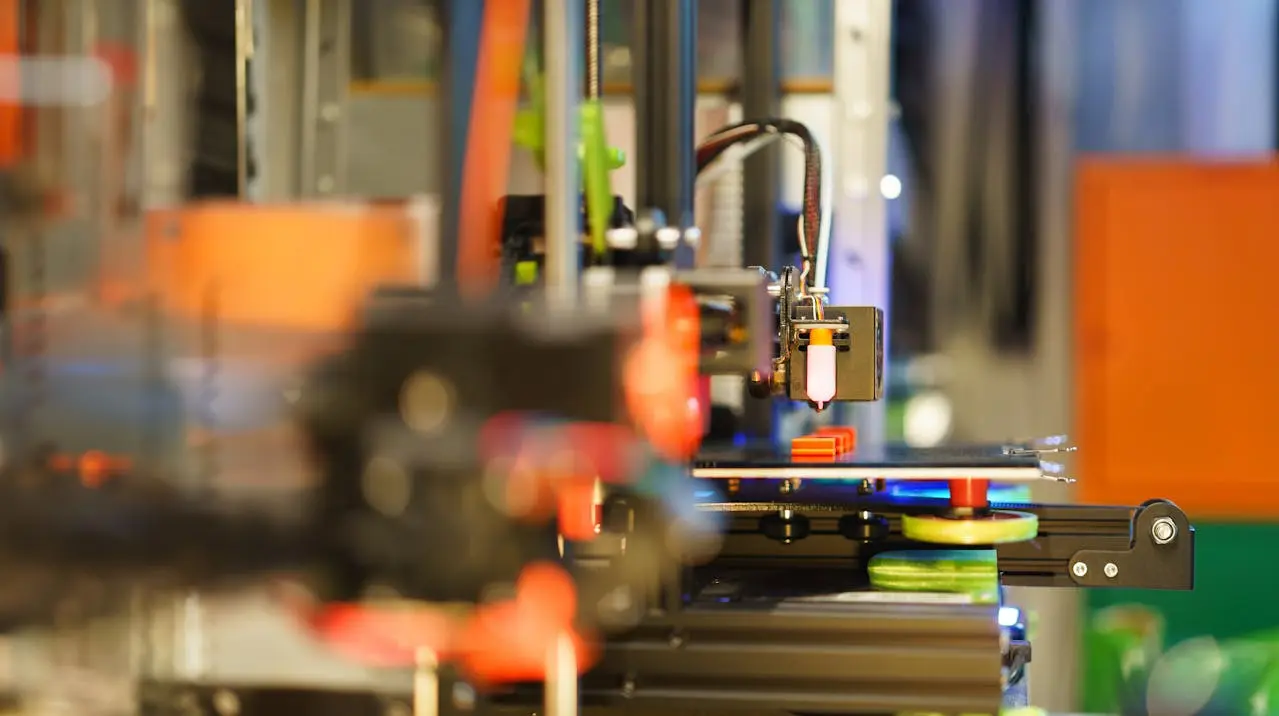
In recent years, automation has transformed the landscape of modern manufacturing, driving unprecedented levels of efficiency, precision, and scalability. From small businesses to global enterprises, automation in modern manufacturing is increasingly being recognised as a crucial tool to stay competitive in an ever-evolving market.
However, as with any technological advancement, automation brings both opportunities and challenges that manufacturers must navigate carefully.
The Opportunities Presented by Automation In Modern Manufacturing
- Increased Efficiency and Productivity: One of the most significant advantages of automation in modern manufacturing is its ability to boost efficiency and productivity. Automated systems can operate 24/7 without the need for breaks, drastically reducing downtime. This constant production capability enables manufacturers to meet higher demands and improve their overall output. Additionally, automation minimises human error, leading to more consistent product quality and less waste.
- Cost Reduction: Although the initial investment in automation technology can be substantial, the long-term cost savings are often considerable. By reducing the need for manual labour, automation in modern manufacturing lowers labour costs. Moreover, automated systems optimise the use of raw materials and energy, further cutting operational expenses. Over time, these savings can significantly impact a company’s bottom line, making automation a financially viable option.
- Enhanced Precision and Quality: Automation technologies, such as robotics and AI-driven machines, can perform tasks with a level of precision that is difficult for humans to achieve. This precision is particularly beneficial in industries where high accuracy is crucial, such as electronics, pharmaceuticals, and automotive manufacturing. Consistent product quality helps manufacturers build a strong reputation and reduces the costs associated with defects and returns.
- Flexibility and Scalability: Modern automation systems are highly adaptable, allowing manufacturers to quickly respond to changes in demand or product design. This flexibility is vital in today’s market, where consumer preferences can shift rapidly. Additionally, automated systems can be scaled up or down to accommodate different production volumes, making them suitable for both large-scale and small-batch manufacturing.
- Improved Safety: Automation in modern manufacturing can significantly enhance workplace safety by taking over dangerous or repetitive tasks. Robots and automated systems can operate in hazardous environments, reducing the risk of injury to human workers. This not only protects employees but also leads to fewer accidents, which can result in lower insurance premiums and fewer legal liabilities for manufacturers.
The Challenges of Automation in Manufacturing
- High Initial Investment: While automation in modern manufacturing offers long-term savings, the upfront costs can be daunting, especially for small and medium-sized enterprises (SMEs). The expense of purchasing and installing automated systems, coupled with the costs of training employees to use them, can strain the finances of smaller manufacturers. Companies must carefully assess the potential return on investment (ROI) before committing to automation.
- Workforce Displacement and Skills Gap: The rise of automation in modern manufacturing has sparked concerns about job displacement, particularly for workers in low-skilled positions. As machines take over repetitive tasks, the demand for certain types of labour decreases, leading to job losses. However, automation also creates opportunities for new roles that require specialised skills, such as programming, maintenance, and data analysis. The challenge lies in retraining the existing workforce to fill these new positions and addressing the growing skills gap in the industry.
- Complex Integration: Integrating automation into existing manufacturing processes can be complex and time-consuming. Legacy systems may not be compatible with new technologies, necessitating costly upgrades or replacements. Furthermore, manufacturers must ensure that all components of their automated system work seamlessly together, which requires careful planning, testing, and ongoing maintenance.
- Cybersecurity Risks: As manufacturing becomes more reliant on automation and interconnected systems, the risk of cyberattacks increases. Automated systems often rely on data exchange between machines, which can be vulnerable to hacking or data breaches. A successful cyberattack could disrupt production, compromise sensitive information, or even damage equipment. Manufacturers must invest in robust cybersecurity measures to protect their automated systems from these threats.
- Ethical Considerations: The widespread adoption of automation in modern manufacturing raises ethical questions about the role of machines in society and the future of work. As automation continues to evolve, manufacturers must consider the broader implications of their technological choices, including the potential impact on employment and the environment. Balancing the benefits of automation with its ethical and social consequences is a challenge that manufacturers will need to address in the coming years.
Use These Tips Today
Automation is undeniably reshaping the manufacturing industry, offering numerous benefits that can drive growth, efficiency, and competitiveness.
However, the transition to automated systems is not without its challenges. Manufacturers must carefully weigh the opportunities and risks, investing in the right technologies while preparing their workforce for the changes ahead.
By doing so, they can harness the full potential of automation while navigating the complexities it presents, ultimately paving the way for a more innovative and sustainable manufacturing future.
